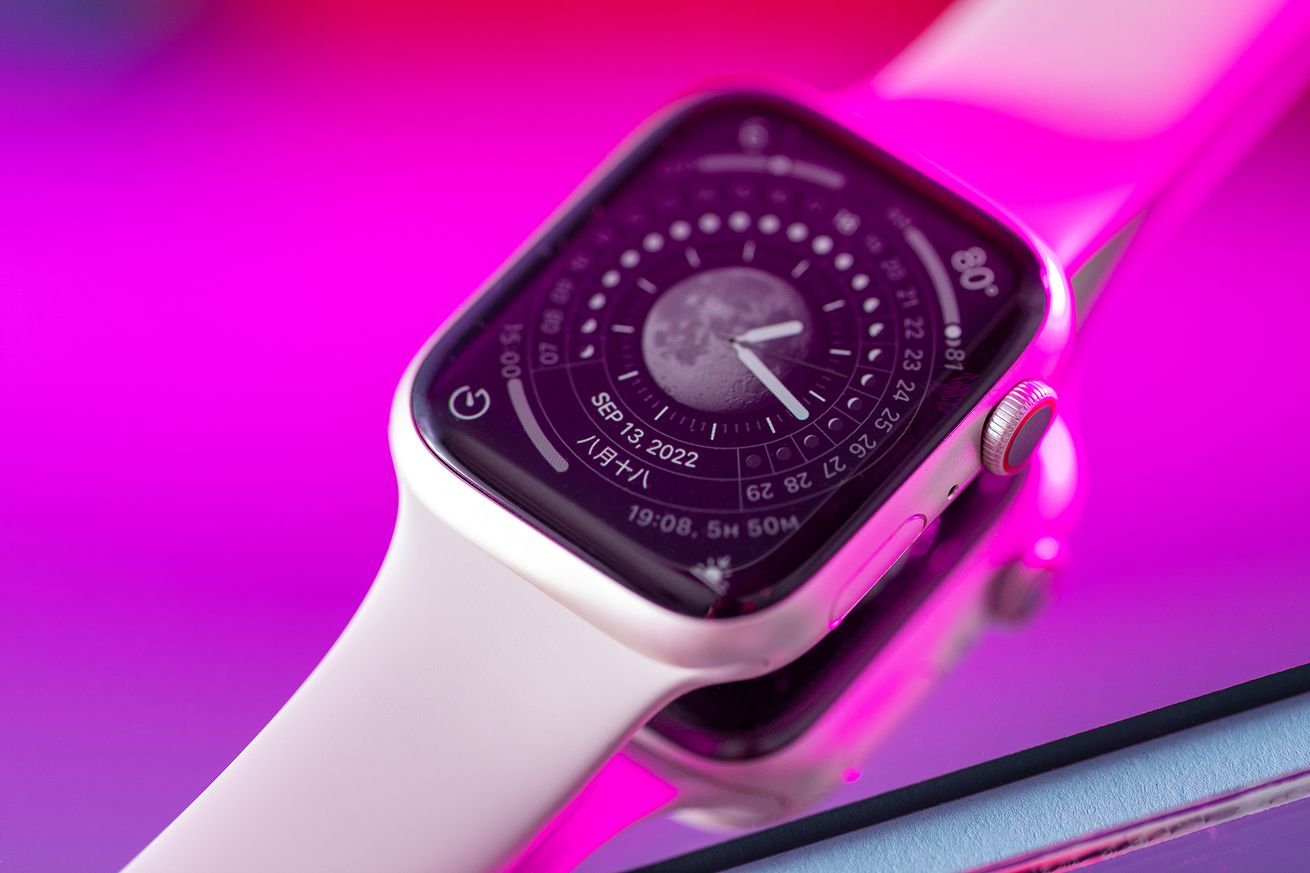
Apple sure has a lot of patents about adding a camera to the Apple Watch
While gadget patents don’t guarantee anything, they can offer a glimpse into areas a company is exploring. Earlier this week, Apple was granted a patent (US-11571048-B1) for an Apple Watch strap release mechanism that could potentially be used with a built-in camera. That, on its own, is a neat idea, but it’s also the third camera-related Apple Watch patent we’ve seen in recent years. The patent application was originally filed in 2019, so Apple engineers have clearly had wearable cameras on the brain for some time.
First spotted by Patently Apple, the patent’s abstract and description section detail a strap with two segments and a “nest” portion. The concept was to create a quick and ergonomic way to pop the watch out of the strap.
That, in turn, could open up new ways to use the Apple Watch that aren’t limited to the wrist — like, as stated in the claims section, taking pictures with a built-in camera. Figure 3 in the patent illustrates a person holding a strapless watch to take a picture. Figure 4 then shows a cross section of an Apple Watch with a bottom-facing built-in camera and its field of view. So, you’d essentially pop out the watch, hold up the camera portion, and snap a picture.
As Patently Apple notes, this isn’t even the first time Apple’s filed camera-related patents for the Apple Watch. Apple was granted another patent last year simply titled “Watch having a camera.” It described a scenario where a camera was placed within the digital crown, and one of the diagrams is basically identical to figure 3 above. In 2019, Apple won a patent for a rotatable camera built into the end of a strap. Notably, there’s already a third-party Apple Watch accessory called the Wristcam that functions similarly.
Clearly, this was a concept that someone at Apple put a lot of thought into. And there are legitimate reasons why a customer might want a smartwatch camera. One of the big draws of the Apple Watch is that it enables iPhone users to spend less time on their phones — and potentially even leave it behind when running errands, going for a walk, or exercising. But who hasn’t been out and about and seen something they wanted to take a pic of to send to friends and family? Without your phone, you’d have no evidence. And, as they say, pics or it didn’t happen.
The more dicey use case would be to discreetly snap a picture or film a recording. That — plus technological restrictions like size and battery — may be why we haven’t seen many companies explore this idea further. As demonstrated by the original Google Glass, the idea that someone may be secretly recording you leaves many uncomfortable. (Though, Meta was rumored to be working on a smartwatch with not one but two cameras before purportedly scrapping the idea.)
In any case, it bears repeating that patents aren’t a guarantee of anything. Big Tech often proactively files patents for ideas just in case. It could very well be that Apple thought long and hard about cameras and decided against it, or there’s a chance that a future Apple Watch might have a built-in camera. Either way, it’s worth noting that wearable cameras are something tech companies are thinking about — and what that might mean for smartwatches in the future.

